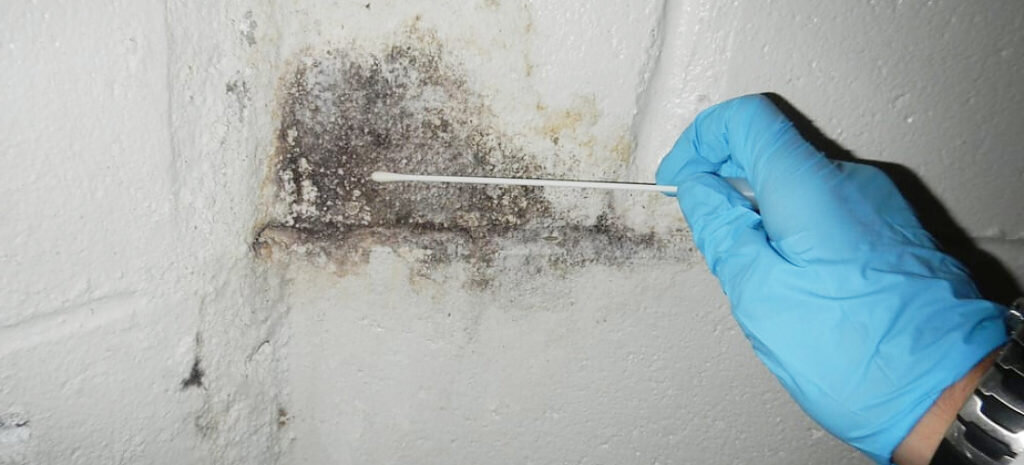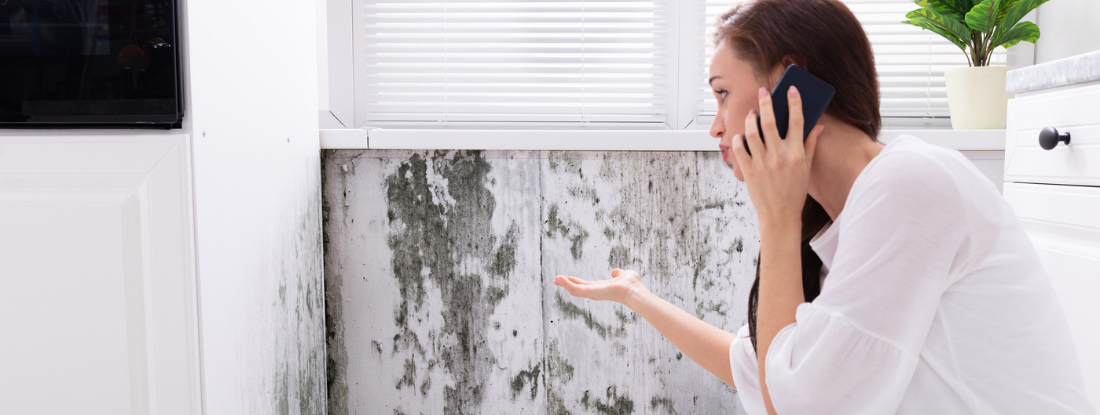Efficient Post Mold Remediation Cleaning Protocols
Efficient Post Mold Remediation Cleaning Protocols
Blog Article
Effective Message Mold Removal Solutions for Your Home
Mold growth in homes can be a persistent issue, typically needing a methodical approach for reliable post-remediation remedies. From recognizing the variables that add to mold advancement to carrying out appropriate cleaning techniques and moisture control steps, the process can be elaborate yet essential for keeping a healthy and balanced living setting. Furthermore, checking out natural removal remedies and developing a routine for ongoing upkeep are important parts of a thorough mold removal strategy. As property owners aim to deal with mold and mildew issues, finding one of the most effective solutions comes to be vital for the wellness of their households.
Understanding Mold Growth Factors
The key variable adding to mold and mildew development is dampness. Mold and mildew spores call for dampness to thrive and germinate, making damp or humid atmospheres extremely prone to mold invasions.

In addition, airflow and light exposure can impact mold and mildew development. Areas that lack correct ventilation and natural light are much more prone to mold and mildew development. By attending to these elements comprehensively, individuals can effectively alleviate mold and mildew growth and guard their living atmospheres.
Correct Mold Cleansing Techniques
Using effective cleaning approaches is necessary in dealing with and preventing the recurrence of mold and mildew contamination in indoor settings. The very first action in proper mold cleansing is to have the affected location to stop the spread of spores to unpolluted locations.

Executing Dampness Control Measures
To successfully stop mold growth and contamination in indoor settings, implementing dampness control procedures is vital. In addition, making sure appropriate air flow in areas prone to moisture buildup, such as restrooms and cooking areas, can assist minimize the risk of mold growth. By vigilantly implementing these dampness control actions, home owners can properly minimize the possibility of mold recontamination and keep a healthy interior atmosphere.
Using All-natural Remediation Solutions
After efficiently applying moisture control procedures to prevent mold development in indoor settings, house owners can now check out the performance of all-natural remediation services in preserving a healthy and balanced home. Natural remediation options make use of eco-friendly techniques to battle mold and mildew, making them a prominent choice for those looking for safe choices. One such service is utilizing vinegar, a natural antimicrobial representative, to tidy and disinfect surface areas contaminated by mold. Simply water down vinegar with water and spray it onto the impacted areas, enabling it to sit for a couple of hours prior to wiping tidy. In addition, tea tree oil, recognized for its antifungal buildings, can be blended with water and sprayed onto mold-infested surfaces to prevent additional growth. One more natural choice is hydrogen peroxide, which can successfully kill mold on different surfaces without leaving hazardous residues behind. By incorporating these natural removal remedies right into their cleansing routines, property owners can efficiently fight mold growth while advertising a much healthier indoor environment for themselves mold removal from clothes and their Learn More Here family members.

Keeping a Mold-Free Environment
Consistently inspecting areas susceptible to mold and mildew development, such as restrooms, kitchen areas, attic rooms, and basements, is crucial. Correct ventilation in areas with high moisture degrees is likewise key to preventing mold and mildew development.
Furthermore, maintaining sanitation in the home is important for mold and mildew prevention. Keeping interior plants in check and making sure appropriate drain in outdoor landscape design can minimize moisture build-up, reducing the likelihood of mold and mildew infestations.
Conclusion
To conclude, it is important to deal with mold development variables, make use of proper cleaning techniques, execute wetness control measures, use natural removal solutions, and preserve a mold-free setting in order to successfully take care of message mold and mildew removal in your house - testing air quality after mold remediation. By following these approaches, you can protect against mold and mildew from persisting and guarantee a healthy living environment for you and your household
The main factor contributing to mold and mildew development is dampness. Mold and mildew spores need dampness to thrive and germinate, making moist or moist atmospheres highly prone to mold and mildew infestations.To successfully stop mold and mildew development and contamination in interior more tips here environments, implementing dampness control steps is paramount. Additionally, ensuring correct air flow in areas prone to moisture build-up, such as bathrooms and kitchens, can help lower the danger of mold and mildew development.After successfully executing dampness control actions to prevent mold and mildew growth in indoor atmospheres, home owners can currently explore the performance of natural removal solutions in keeping a healthy living room.
Report this page